
Specific uses of SUS 310S stainless steel
1. Petrochemical industry Key equipment manufacturing: In the field of petrochemicals, SUS 310S stainless steel is used to manufacture key equipment such as rea
1. Petrochemical industry
Key equipment manufacturing: In the field of petrochemicals, SUS 310S stainless steel is used to manufacture key equipment such as reactors and heat exchangers. These equipment need to withstand high temperatures and corrosive media during operation, and SUS 310S stainless steel can meet these requirements well.
High temperature pipelines: Due to its excellent high temperature and corrosion resistance, SUS 310S stainless steel is also often used to manufacture high temperature pipelines in the petrochemical industry.
2. Food processing industry
Food processing equipment: SUS 310S stainless steel is widely used in the food processing industry due to its hygienic and non-toxic properties. It is used to manufacture food processing equipment such as food cans and food conveyor belts to ensure the safety and hygiene of food during processing.
3. Pharmaceutical industry
Corrosion-resistant equipment: In the pharmaceutical industry, SUS 310S stainless steel has become an ideal material for manufacturing various corrosion-resistant equipment due to its excellent corrosion resistance. These equipment need to withstand the erosion of various chemicals during the pharmaceutical process, and SUS 310S stainless steel can maintain stable performance.
4. Aerospace
Parts manufacturing: Due to its high temperature strength and corrosion resistance, SUS 310S stainless steel also has important applications in the aerospace field. It is used to manufacture parts for aircraft and rockets to ensure that these equipment can still operate stably under high temperature and harsh environments.
5. Other industries
Automotive industry: In the automotive industry, SUS 310S stainless steel is used to manufacture high temperature parts such as exhaust systems and chassis parts. These parts are exposed to high temperature and corrosive gases during engine operation, and SUS 310S stainless steel can well meet the high temperature and corrosion resistance requirements of these parts.
Construction, nuclear power, electronics, textile, military and other industries: SUS 310S stainless steel is also widely used in these industries. In the construction field, it may be used to manufacture structural parts in high temperature environments; in the nuclear power field, its corrosion resistance and high temperature resistance make it a preferred material for equipment such as nuclear reactors; in the electronics and textile industries, it may be used to manufacture equipment and parts that require high temperature and corrosion resistance; in the military industry, its excellent performance also makes it an important material for manufacturing various weapons and equipment.
stainless steel processing
The manufacture of stainless steel involves a series of processes. First, the steel is melted, and then it is cast into solid form. After various forming steps, the steel is heat treated and then cleaned and polished to give it the desired finish. Next, it is packaged and sent to manufacturers, who weld and join the steel to produce the desired shapes.
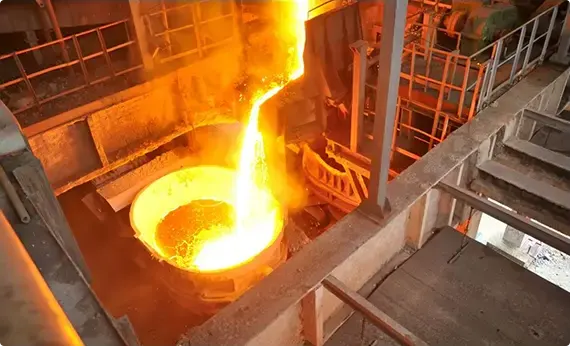
Melting and Casting
The raw materials that constitute a stainless steel item are placed together and melted in a giant electric furnace. Intense heat is applied rigorously for a period of 8 to 12 hours during this step. Once the melting is complete, the molten steel is cast into desired semi-finished forms. Some of the most common forms or shapes include slabs, blooms (rectangular shapes), billets (these could either be round or square), rods, and tube rounds.

Forming
In the second stage, the semi-finished steel shapes undergo a series of forming operations. For instance, the stainless steel is hot rolled (heated and passed through enormous rolls). The blooms and billets mentioned above are converted to bar and wire. The slabs on the other hand are formed into plates, strips or sheets. It is very common to turn semi-finished steel shapes into bars, as it is the most versatile stainless steel form (it comes in all grades and sizes). You have round, square, octagonal, and hexagonal bars, each suitable for a different type of application.
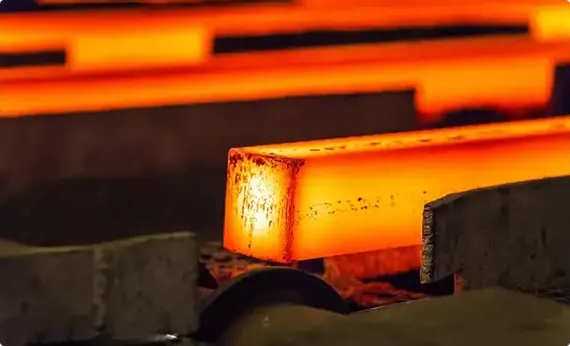
Heat Treatment
The various stainless steel forms undergo a thorough annealing process during this step. Annealing is another name for heat treatment where the stainless steel is heated and cooled in a controlled environment. The purpose of this heat treatment is to relieve the pent-up stress inside the stainless steel and soften the material to make it more suitable for a wide variety of applications. The people in charge of carrying out the annealing process have to be very careful about the conditions as even the slightest of changes in the temperature, pressure, duration, or cooling rate could result in a faulty product.
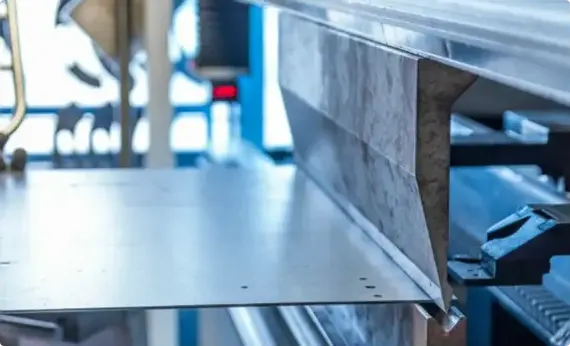
Descaling
During the annealing process, a certain amount of scale appears on the surface of the stainless steel. This scale can be removed using a number of different processes that are collectively known as descaling. Pickling is one of the more common methods of carrying out the descaling process.
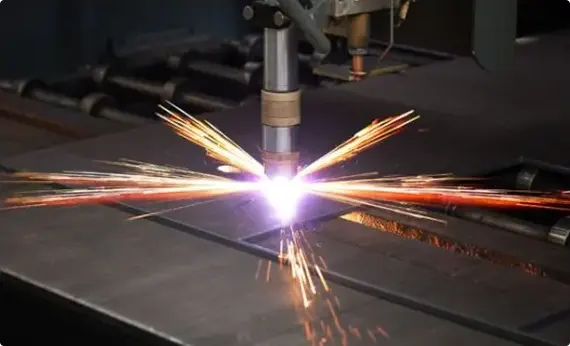
Cutting
The semi-finished, heat-treated, and descaled stainless steel forms are cut into specific shapes in this step. Mechanical cutting is performed with the aid of guillotine knives, blanking, nibbling, and high-speed blades.
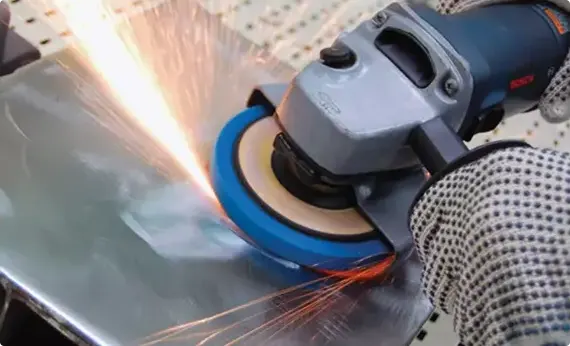
Finishing
Finishing is applied to help the stainless steel product achieve its signature aesthetically appealing appearance. Finishes are also needed to make the stainless steel product smooth and easier to clean, which is a top requirement in sanitary applications.
